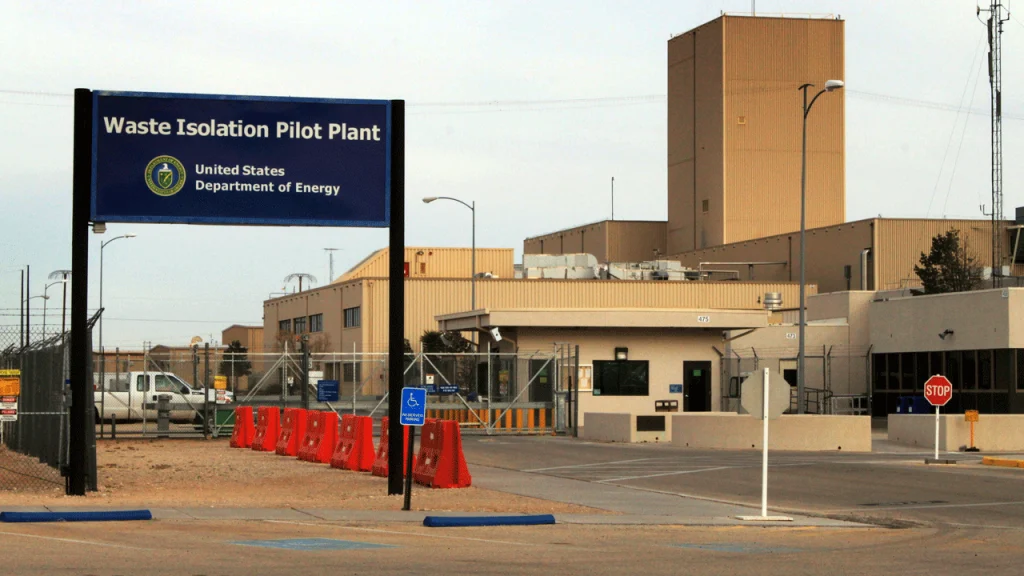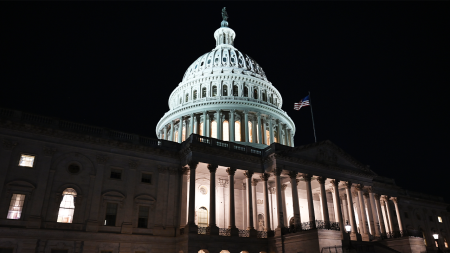The 25th anniversary of the Waste Isolation Pilot Plant in southern New Mexico is being celebrated, as it is the country’s only underground repository for radioactive waste from nuclear research and bomb-making activities. The repository has received nearly 13,850 shipments from various national laboratories and sites since its opening in 1999. However, concerns have been raised regarding the federal government’s plans to ship drums of similar radioactive materials that caused a radiation release in 2014 to the facility, resulting in contamination and a lengthy closure. New Mexico officials are questioning the treatment and safety of these drums, stating that simply storing them in Texas for 10 years does not constitute proper hazardous waste disposal.
Following the 2014 radiation release at the Waste Isolation Pilot Plant, caused by improper packaging of waste at Los Alamos National Laboratory, concerns have been raised about the potential risks associated with the drums containing the same materials. Scientists at Sandia National Laboratories have been studying the issue, suggesting that repackaging the waste with an insulating layer of air-filled glass micro-bubbles could offer additional thermal protection. However, the New Mexico Environment Department is demanding more safety information and questioning why the composition of the waste has not changed, considering the risk of thermal reactions inside the drums remains the same.
The U.S. Department of Energy announced plans to treat the waste in Texas so it can be safely transported and disposed of at the New Mexico repository, but New Mexico officials are demanding more details and assurances regarding the safety and timeline for the move. The state’s concerns stem from requirements under the repository’s permit and federal laws governing the handling of radioactive and hazardous waste. Additionally, watchdog groups are emphasizing the importance of ensuring the waste is safe to ship before allowing it to be transported to avoid any potential risks or contamination.
The federal government’s plan to repackage the waste with an insulating layer of air-filled glass micro-bubbles has raised questions about whether other methods were considered to change the composition of the waste and prevent another thermal reaction. Ongoing monitoring suggests that the temperature of the drums is decreasing, indicating greater stability in the waste. However, the timetable for moving the waste and obtaining approval from state and federal regulators remains unclear. New Mexico officials are urging the federal government to consult with them before finalizing plans to ensure compliance with regulations and the safe handling of the waste to prevent any future incidents.
The delay in transporting drums of nuclear waste from Texas to the Waste Isolation Pilot Plant is a concern for both states, with New Mexico officials stressing the need for proper treatment and disposal of the hazardous materials. The New Mexico Environment Secretary stated that simply parking the waste in the desert of West Texas for 10 years before shipping it back does not constitute treatment. The state and watchdog groups are advocating for a thorough review of safety measures and guarantees from the federal government regarding the handling and transportation of the waste to ensure the protection of public health and the environment.















